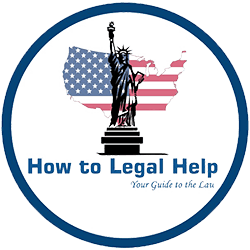The third-party plaintiff need not obtain leave to make the service if the third-party petition is filed not later than ten days after the defending party serves the original answer. Otherwise, the defending party shall obtain leave on motion upon notice to all parties to the action. The person served with the summons and third-party petition, hereinafter called the third-party defendant, shall make defenses to the third-party plaintiff’s claim as provided in Rule 55 and counterclaims against the third-party plaintiff and cross-claims against other third-party defendants as provided in Rule 55. The third-party defendant may assert against the plaintiff any defenses that the third-party plaintiff has to the plaintiff’s claim. The third-party defendant may also assert any claim against the plaintiff arising out of the transaction or occurrence that is the subject matter of the plaintiff’s claim against the third-party plaintiff. The plaintiff may assert any claim against the third-party defendant arising out of the transaction or occurrence that is the subject matter of the plaintiff’s claim against the third-party plaintiff, and the third-party defendant thereupon shall assert defenses as provided in Rule 55 and counterclaims and cross-claims as provided in Rule 55. Any party may move to strike the third-party claim or for its severance or separate trial. A third-party defendant may proceed under this Rule 52.11 against any person not a party to the action who is or may be liable to the third-party defendant for all or part of the claim made in the action against the third-party defendant.
Mo. R. Civ. P. 52.11
Committee Note-1974
Paragraph (a) is the same as Rule 14(a) of the Federal Rules of Civil Procedure.
Paragraph (b) is the same as prior Rule 52.10(b).
Paragraph (c) is the same as prior Rule 52.10(c).
Compare: Rule 14 of the Federal Rules of Civil Procedure.
